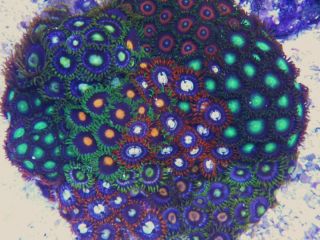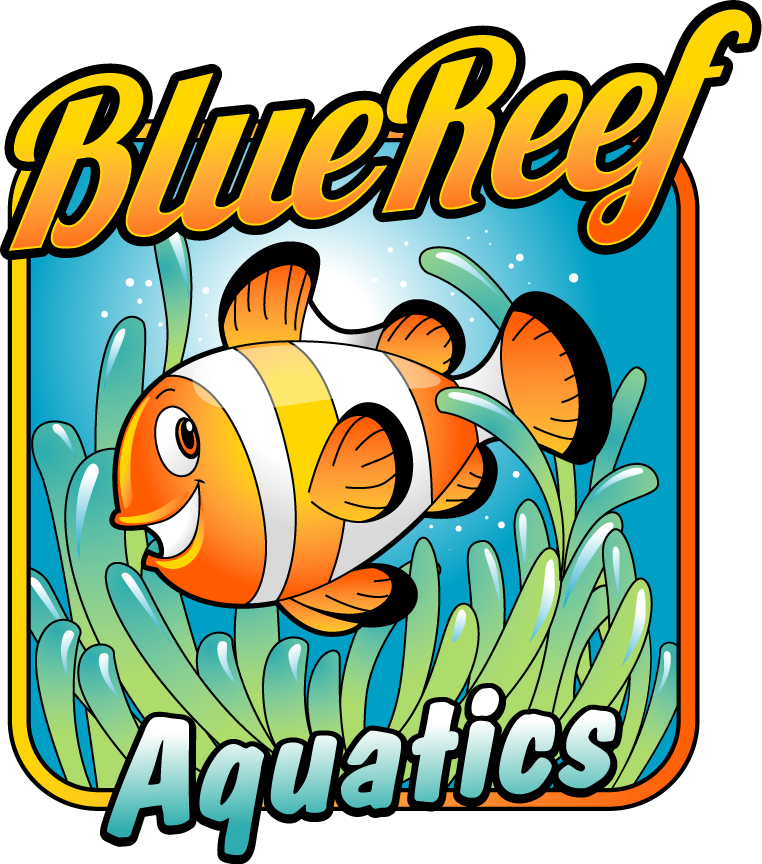Zoanthids Offer Something for Everyone
 Zoanthids are rightfully beloved by nearly all marine aquarists. They are often bright, uniquely colored and fast-growing. Because they are generally hardy, they make an excellent choice for the beginning aquarist; however, the rarer color patterns tempt even experienced reef aquarists. Despite their popularity, many aquarists are unclear of zoanthids relationship to other marine animals, especially those that we commonly call coral. On the one hand, zoanthids look like miniature sea anemones. In truth zoanthids are neither anemones nor soft corals—so what are they?
Zoanthids are rightfully beloved by nearly all marine aquarists. They are often bright, uniquely colored and fast-growing. Because they are generally hardy, they make an excellent choice for the beginning aquarist; however, the rarer color patterns tempt even experienced reef aquarists. Despite their popularity, many aquarists are unclear of zoanthids relationship to other marine animals, especially those that we commonly call coral. On the one hand, zoanthids look like miniature sea anemones. In truth zoanthids are neither anemones nor soft corals—so what are they?
Let’s start with some basics. Zoanthids, like all of the animals we typically call “coral” in the marine aquarium hobby, are cnidarians (pronounced “nigh-dare-ee-yans”). More specifically, zoanthids are part of the class Anthozoa, which includes the soft and leather corals, sea anemones, mushroom corals and stony corals (and exclude other cnidarians such as fire corals, lace corals, jellyfishes, and sea wasps). Anthozoa, as a word, originates from Greek (“anthos” and “zoion”) and translates roughly as “flower animal,” which is an apt name for most zoanthids.
Like sea anemones, mushroom corals and stony corals, zoanthids are called hexacorals because they have polyps with tentacles in multiples of six (octocorals, on the other hand, have eight tentacles). Zoanthids, unlike the “true” or stony corals (what hobbyists generally term SPS and LPS) lack skeletons, but they are also not soft corals (which are all octocorals). The polyps of zoanthids are either solitary or embedded in so-called mats. Solitary polyps are often connected to other polyps by runners (called stolons, pronounced “stoe-lahn”), while mat polyps embed themselves in a tissue matrix or mat (called a coenenchyme and pronounced “see-nehn-kyme”).
When the aquarist looks at a zoanthid polyp, they are generally focused on the oral disc. Each zoanthid polyp has a mouth (called a siphonoglyph and pronounced “sye-fah-no-glif”), which is part of the oral disc and generally surrounded by two rings of tentacles. Like all cnidarians, zoanthids possess nematocysts (pronounced “ne-mat-oh-sist”) or stinging cells (the word cnidarian translates from the Greek as “stinging nettle”), which assist in food capture. When it comes to defense, however, it is a toxin called palytoxin, which keeps most predators (including the aquarist) at bay.
It is common to tout the fact that most zoanthids are easy to keep and require no supplemental feedings. While it is true that many of the commonly available zoanthids are zooxanthellate (zoo-zan-thuh-late) and host symbiotic zooxanthellae (zoh-zan-thel-ee) in their tissue, the reality is that nearly all zooanthids rely on particulate food and plankton capture to sustain their metabolism. As a result, nearly all should be target fed in captivity (in addition to providing appropriate lighting).
